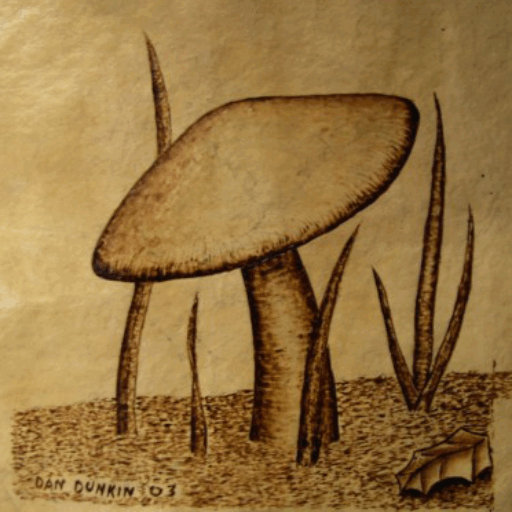Gourd Hand Pollination
Gourd Pollination Tutorial
The typical cleaning of a Gourd is pretty common knowledge among the Gourd world, however, there is always something that might help to make the job easier. For those who don’t know how to clean a gourd, it is pretty simple. There is a skin layer over the hard shell which requires some scrubbing or effort to remove it. The skin removes best if it has been soaked for a while in warm water, and a little liquid detergent will help. The easiest way is to fill your sink with water, and place the gourd into it, (providing your gourd is small enough to fit in the sink), and dip a towel into the water and lay it over the gourd, to keep the part of the gourd that remains above water, wet. You should let the gourd soak no less than 15 to 30 minutes, but it doesn’t hurt to let them soak for a couple of hours, should you forget they are there, and may even make the tough spots a little easier.
Once the gourd has soaked thoroughly, using the backside of a knife, or a Chore boy or other copper type scrubber, scrub the skin off. Once you have scrubbed a few gourds, you will know how to tell when the skin has been removed and when it hasn’t. After scrubbing the skin off, you need to let the gourd dry before painting or burning on it, however it isn’t necessary to let it dry completely if you are going to cut it. For crafting, you may want to let it dry some, but not thoroughly, as the dampness will reduce the amount of dust created by cutting.
Step by Step Technique

Early in the day long before evening, (normally around noon – 3:00), both a male and female flower which are maturing to open that same evening, are selected and gently tied off so they can not open to insects which might adulterate their purity.

At dusk, or early in the evening, the male flower is removed from the vine and untied, we gently peel back the flower petals and pinch the petals off at the base to expose the open cone and male stamen.

Care is taken in this process to not make any snapping motions of the flower base, so the pollen is not shaken loose from the stamen.

Once the cone has been peeled of it’s petals, it is inserted into the female flower, until it is very close, or right up to the stigma.
once in place, I hold the base of the male firmly with one hand, then I flick my thumb with the finger of my right hand in a brushing motion so it does not knock the male out of the female, but rather just vibrates or jolts the male flower enough to coax the pollen out of it, and onto the female stamen. If you look at the female stamen after doing this, you should see it powdered with pollen, much like sugar sprinkled on cereal, if properly done, the female stamen will appear dull, or satiny instead of glossy as they appear before pollination.

Once the female has been successfully pollinated, the female is then tied off to prevent insects from entering the flower and spoiling the pure pollination.

It should also be noted that the female flower should be additionally covered with nylons or something for two days to insure no bugs eat through the flower petals to get to the male pollen, this could allow the contamination of your hand pollinated gourd. This is essential if you have cucumber beetles as they will eat holes into the flower. Close inspection should be made of each hand pollinated gourd for a couple days to insure it does not get contaminated, or eaten into by insects, if it does, remove your marker tape and everything else, and start over. (we normally pollinate several gourds of each type so if one gets contaminated, there are others to replace it.)
